This #InternationalDanceDay, Spot is meeting another strange dog and making friends through the power of dance. Meet Sparkles!
Get the latest international news and world events from around the world.
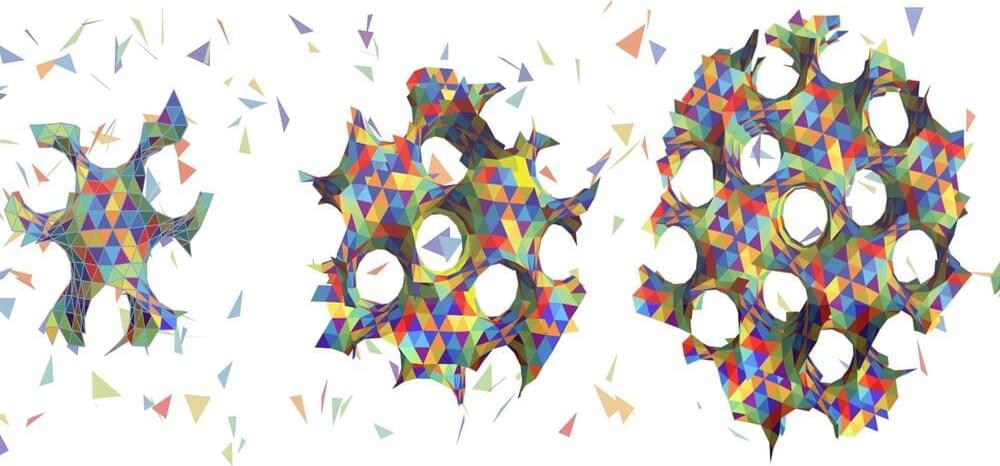
New class of spongy materials can self-assemble into precisely controllable structures
A team of researchers led by the University of Massachusetts Amherst has drawn inspiration from a wide variety of natural geometric motifs—including those of 12-sided dice and potato chips—in order to extend a set of well-known design principles to an entirely new class of spongy materials that can self-assemble into precisely controllable structures.

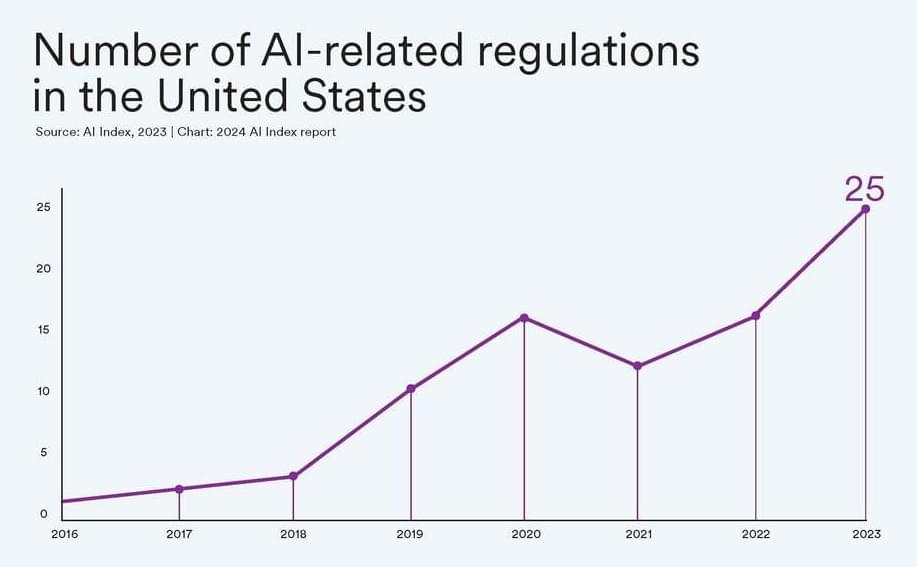
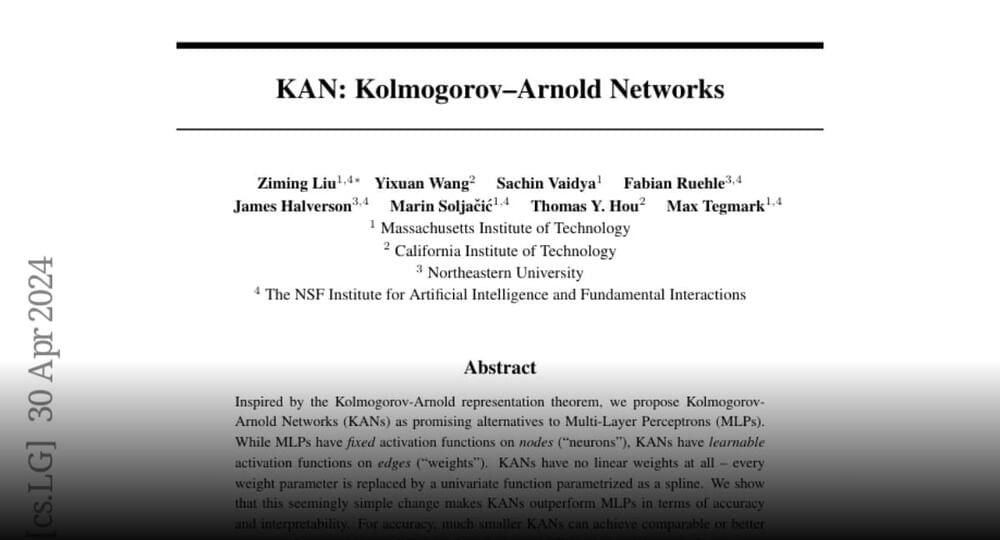
KAN: Kolmogorov-Arnold Networks
From MIT KAN Kolmogorov-Arnold Networks.
From MIT
https://huggingface.co/papers/2404.
Inspired by the Kolmogorov-Arnold representation theorem, we propose Kolmogorov-Arnold Networks (KANs) as promising alternatives to Multi-Layer Perceptrons (MLPs).
Join the discussion on this paper page.
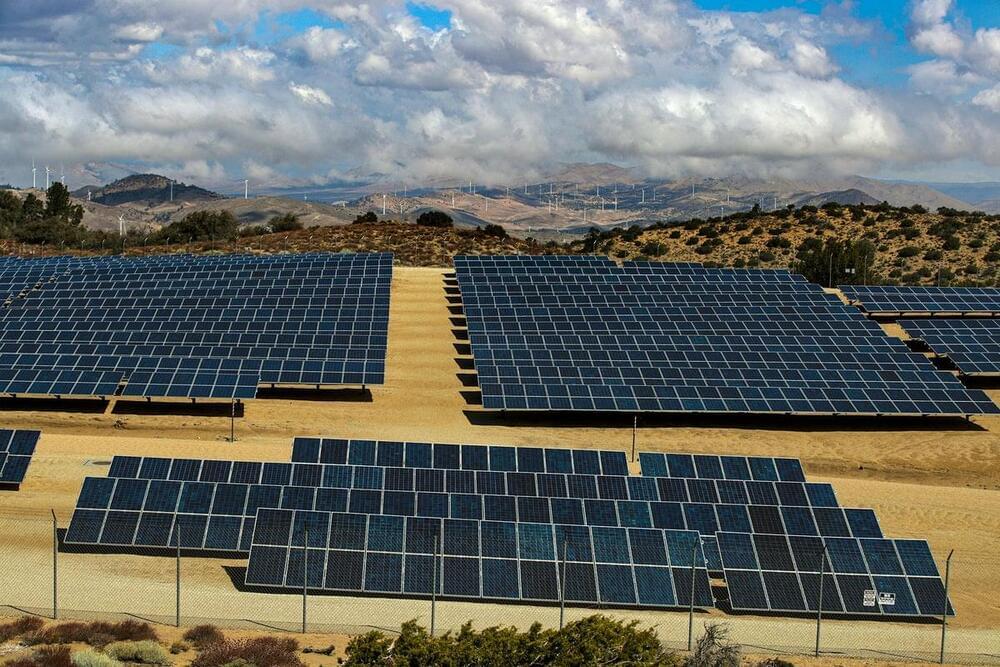
A Golden Age of Renewables Is Beginning, and California Is Leading the Way
California has hit record-breaking milestones in renewable electricity generation, showing that wind, water and solar are ready to cover our electricity needs.
Something spectacular is happening in the Golden State. California—the fifth-largest economy in the world—has experienced a record-breaking string of days in which the combined generation of wind, geothermal, hydroelectric and solar electricity has exceeded demand on the main electricity grid for anywhere from 15 minutes to 9.25 hours per day. These clean, renewable electricity sources are collectively known as wind-water-solar (WWS) sources.
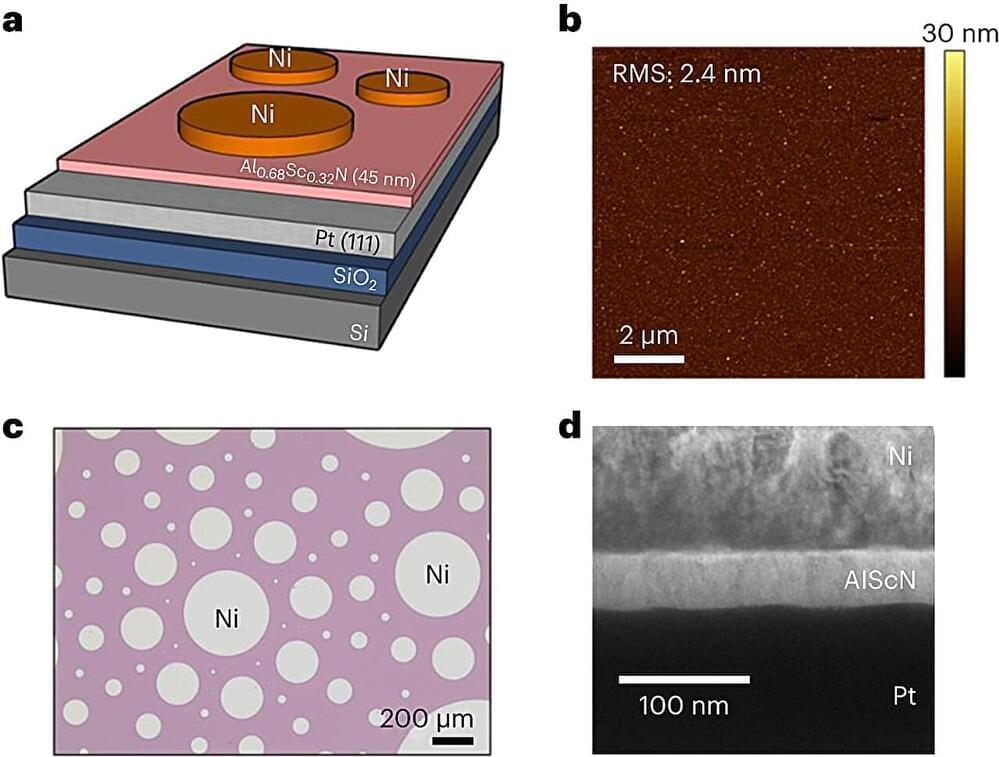
Turning up the heat on data storage: New memory device paves the way for AI computing in extreme environments
A smartphone shutting down on a sweltering day is an all-too-common annoyance that may accompany a trip to the beach on a sunny afternoon. Electronic memory within these devices isn’t built to handle extreme heat.
As temperatures climb, the electrons that store data become unstable and begin to escape, leading to device failure and loss of information. But what if gadgets could withstand not just a hot summer day but the searing conditions of a jet engine or the harsh surface of Venus?
In a paper published in the journal Nature Electronics, Deep Jariwala and Roy Olsson of the University of Pennsylvania and their teams at the School of Engineering and Applied Science demonstrated memory technology capable of enduring temperatures as high as 600° Celsius—more than twice the tolerance of any commercial drives on the market—and these characteristics were maintained for more than 60 hours, indicating exceptional stability and reliability.
Watch the first AI vs. human dogfight using military jets
For the first time, an AI fighter pilot faced off against a human pilot in a “dogfight” using actual jets in the air — a huge milestone in autonomous flight and military automation.
“The X-62A team demonstrated that cutting-edge machine learning-based autonomy could be safely used to fly dynamic combat maneuvers,” said Frank Kendall, secretary of the Air Force. “The team accomplished this while complying with American norms for safe and ethical use of autonomous technology.”
The challenge: AI-controlled planes could be a boon to the military. Not only could they reduce injuries and accidents to pilots, AIs also have the potential to rapidly analyze a lot of data — allowing for more informed decisions, more quickly.

The science of static shock jolted into the 21st century
Now Princeton researchers have sparked new life into static. Using millions of hours of computational time to run detailed simulations, the researchers found a way to describe static charge atom-by-atom with the mathematics of heat and work. Their paper appeared in Nature Communications on March 23.
The study looked specifically at how charge moves between materials that do not allow the free flow of electrons, called insulating materials, such as vinyl and acrylic. The researchers said there is no established view on what mechanisms drive these jolts, despite the ubiquity of static: the crackle and pop of clothes pulled from a dryer, packing peanuts that cling to a box.
“We know it’s not electrons,” said Mike Webb, assistant professor of chemical and biological engineering, who led the study. “What is it?”

Tesla Megapack to power new massive record-breaking 1.3 GWh battery system
Tesla Megapack has been selected to power a massive new record-breaking 13 GWh battery system from Neoen in Australia.
This project is the second stage of the Collie Battery project, which is named after a town in Western Australia where the project is located.
As we previously reported, France’s Neoen is already building the first stage with Tesla Megapack 2XLs.